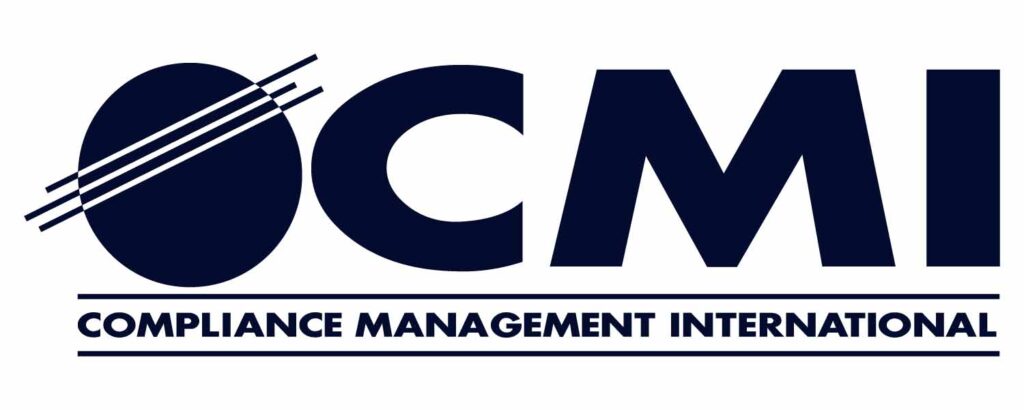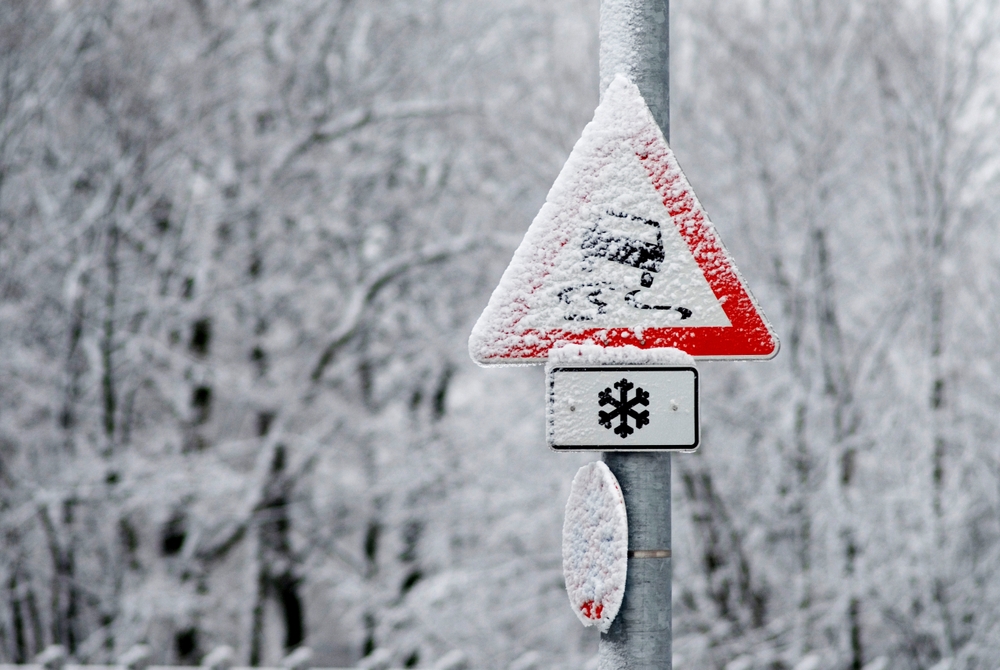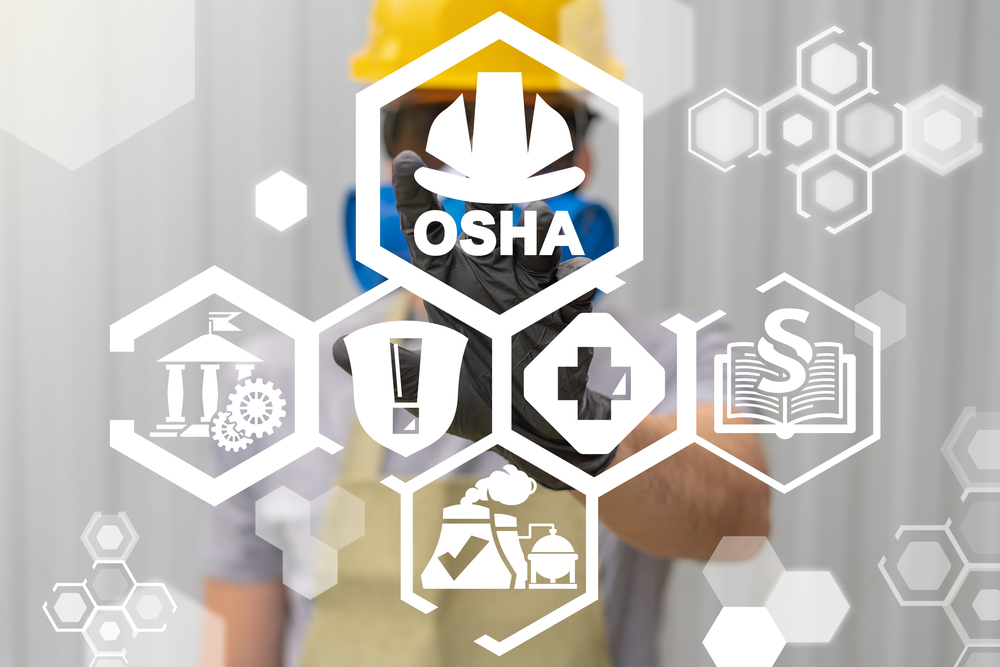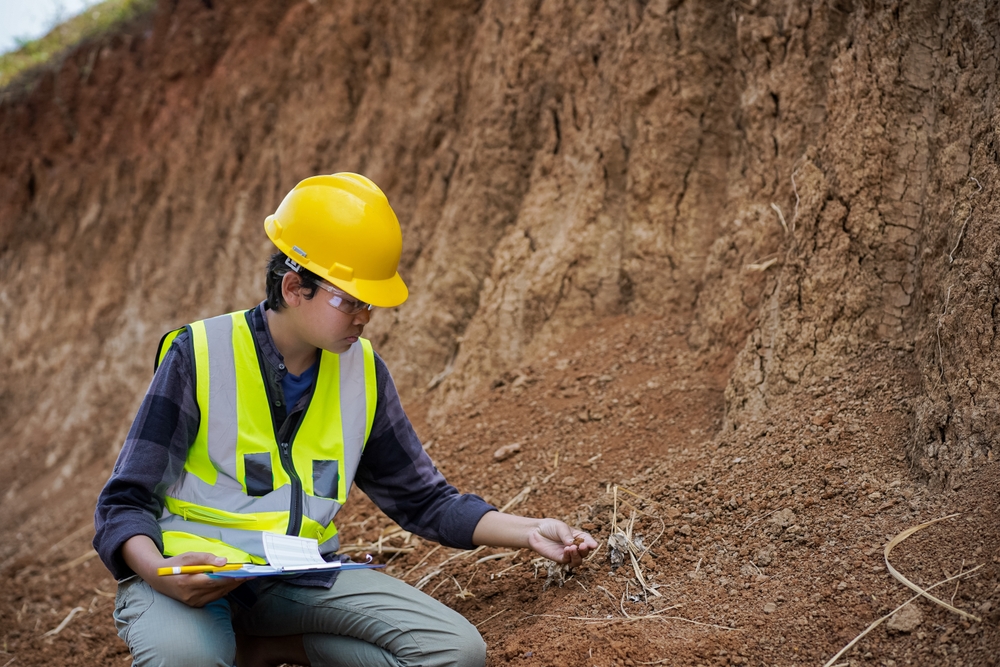Walking and working surfaces are an integral part of every workplace and work space. Walking and working surfaces include aisleways and passageways, ladders, scaffolds, catwalks, platforms and much more. A walking and working surface can be thought of as any surface that a worker accesses to perform the intended work.
Slips, trips, and falls are one of the leading causes of injury in General Industry (1910). It is estimated that 15% of workplace injuries are caused by slips, trips, and falls associated with poorly designed or maintained walking and working surfaces. In 2022, OSHA reported that there were 865 fatalities caused by slips, trips, and falls, of which over 80% were caused by falls to a lower level. For Hispanic and Latino workers, slips, trips or falls accounted for 286 fatalities, the second highest cause of fatalities.
OSHA has a Walking and Working Surfaces standard (29 CFR 1910.22-30) to protect workers from injuries and death under. Walking and working surface hazards may include:
· Poor housekeeping such as clutter, wet or slick floors, or obstructions in aisles and passageways.
· Improper ladder use.
· Cords, hoses, and other workplace equipment that is left in walkways.
· Floor and wall openings that are not properly protected.
· Open sided floors or platforms that are greater than 4 feet above the lower level.
· Improper use of mobile elevating work platforms (MEWP) and aerial lifts.
· Lack of proper fall prevention or protection.
The goods news is that all these hazards can be prevented entirely or controlled. The best and safest option is to remove the hazard altogether by eliminating or substituting it. If that is not possible, engineering controls can be provided that help prevent the workers from getting too close to the hazard or allow for a safer work area or zone. Workers can also be protected through ensuring that proper training and education is provided, such as proper ladder use, scissor or aerial lift training and general slip, trip fall hazard awareness. Finally, Personal Protective Equipment or PPE can be used such as a Personal Fall Arrest System or a Travel Restraint System when the hazard is unable to be eliminated or substituted, such as when working on an elevated surface without a guardrail system in place.
There are numerous ways that these walking and working surface hazards can be controlled and prevented. The safety and health team at CMI can help with hazard identification and inspection, job safety analysis/job hazard analysis (JSA/JHA) development, worker training and providing solutions for walking and working surface hazards that may cause injuries or fatalities.



